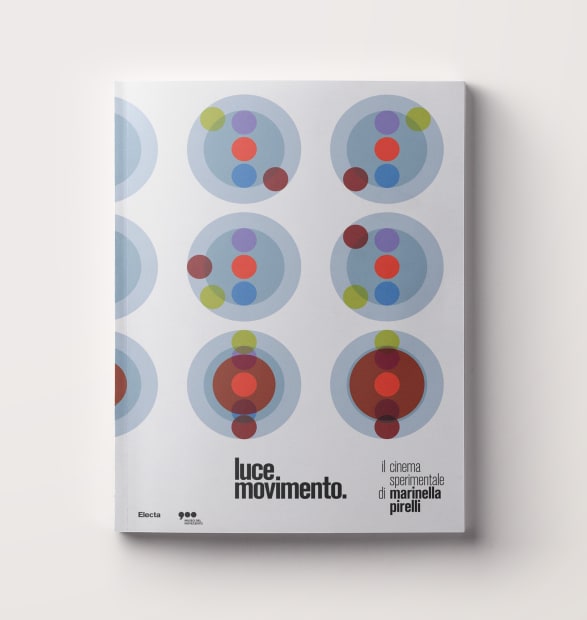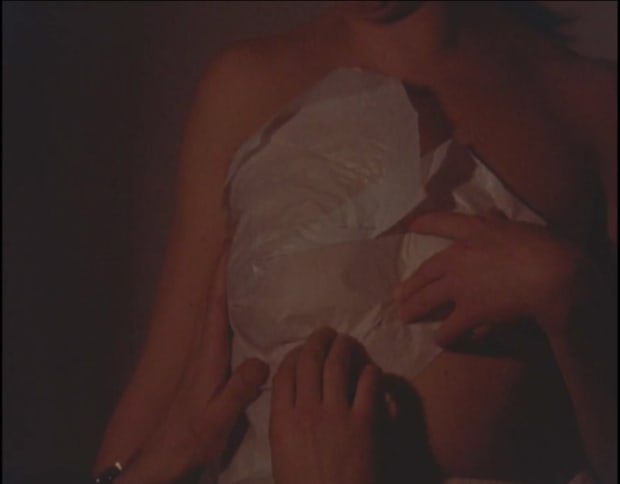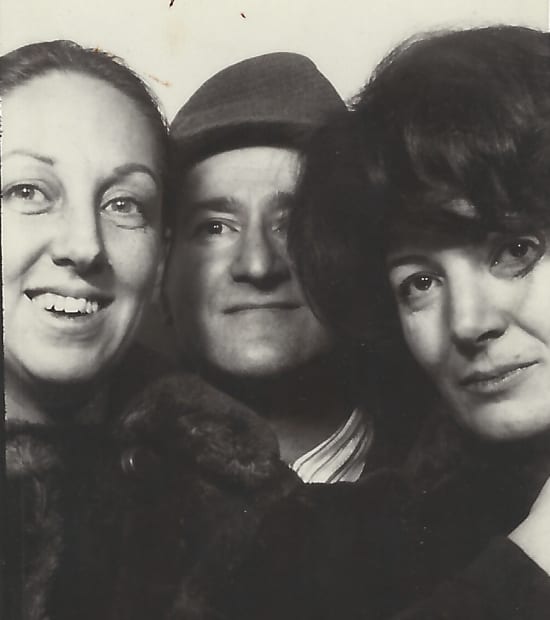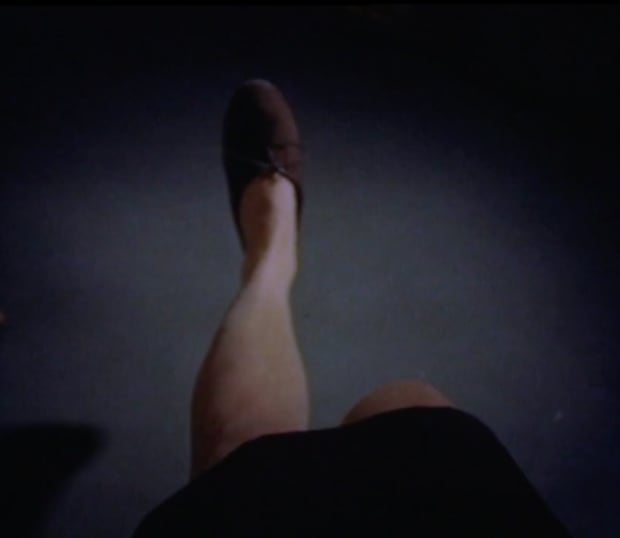-
-
With a career spanning more than 50 years, Marinella PIRELLI's artistic efforts and unquestionable talent are still surprisingly under-recognised. A leading experimental filmmaker in the 1960s and 1970s, Pirelli’s 16mm film explorations have only recently been rediscovered thanks to the retrospective that Museo del Novecento in Milan dedicated to her in 2019.
This selection of works cover ideas relating to intimacy, the body and the relation of self with other. By experiencing Pirelli’s work from the comfort of the home, rather than a setting usually reserved for museums and institutions, one can develop a more intimate and deeper understanding of the artist.
-
Starting with the short 16mm film Narciso, in which Pirelli takes close-up details of her body in a diary-like format, she explores her identity as a woman, mother and artist. In the second week we will show the short documentary film Indumenti [Garments] that records Arte Povera artist Luciano Fabro making a cast in tissue paper from Carla Lonzi’s breast. The virtual screening concludes with Pirelli’s last film, Doppio Autoritratto [Double Self-Portrait], where she filmed herself acting simultaneously as a director and actress.
-
Doppio Autoritratto
22 - 28 February -
Marinella Pirelli
Doppio Autoritratto [Double Self-Portrait], 1973-74
Film, 16mm, digital transfer, colour, sound,
14'
-

-

-
-

-
-
Marinella PIRELLI
Indumenti [Garments], 1966-67
Film, 16mm, digital transfer, colour, silent
2’15’’
-

-

Marinella Pirelli, Carla Lonzi and Pietro Consagra. Photo of the automatic machine at Varese station, c 1965. Courtesy of Archivio Marinella Pirelli
-
Marinella PIRELLI
Narciso, film esperienza [Narcissus, film experience], 1966-67
Film, 16mm, digital transfer, colour, sound
11 minutes
Saltoun Online

![22–28 February Doppio Autoritratto [Double Self-Portrait], 1973-74](/lib/archimedes/images/shim.gif)








